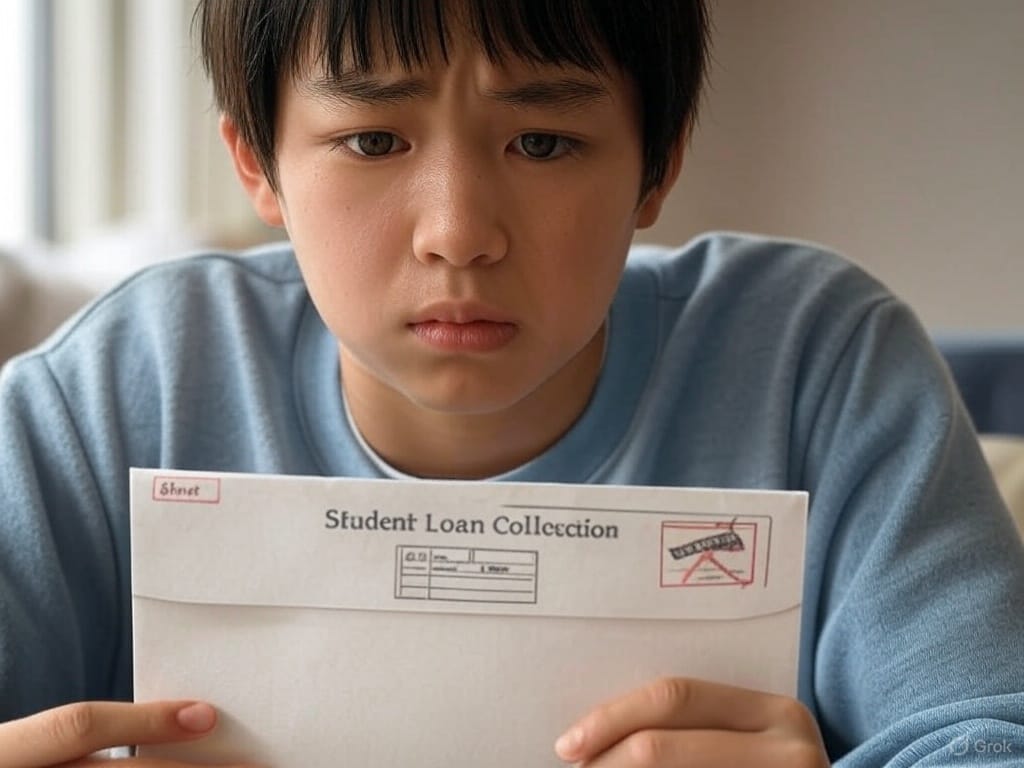- Shortlysts
- Posts
- Collections Resume: What the End of the Student Loan Default Pause Means for Millions
Collections Resume: What the End of the Student Loan Default Pause Means for Millions
Starting May 5, the federal government will resume collecting defaulted student loans, including wage garnishments and tax refund seizures, affecting 5.3 million Americans.

What Happened
Starting May 5, 2025, the U.S. Department of Education will resume collections on federal student loans in default. This includes wage garnishments, tax refund offsets, and other enforcement mechanisms.
These actions had been suspended since March 2020 due to COVID-19 emergency relief. The restart affects approximately 5.3 million borrowers currently in default.
The announcement marks the final phase-out of controversial pandemic-era protections related to student debt. While student loan payments resumed for most borrowers in late 2023, those in default had remained shielded from involuntary collections.
That is until now. Borrowers in this group will begin receiving notices and could see collections initiated if no action is taken.
According to the Department of Education, affected borrowers can still take steps to avoid collection. Options include enrolling in a loan rehabilitation program or consolidating their defaulted loans into a new repayment plan.
Why It Matters
The default group represents a unique subset of the overall student loan population. These are borrowers who missed payments for 270 days or more and have triggered a formal default.
Many did not complete their degrees or attended for-profit institutions. Their average debt load tends to be lower than the national student loan average. Despite that, they face some of the harshest penalties.
This move also reflects a shift in policy enforcement. The pause on collections lasted over four years, offering temporary financial relief during economic uncertainty.
With the end of that protection, the federal government is reasserting its role in debt recovery. Officials cite the need to restore regular operations and ensure the sustainability of the loan system.
The resumption of collections also coincides with recent changes within the Department of Education, including staffing reductions and restructuring efforts. Some borrower advocacy groups have raised concerns about system capacity and communication gaps during the transition.
How It Affects Readers
For borrowers in default, this means collections may resume automatically unless proactive steps are taken. Wage garnishments can legally withhold up to 15% of your disposable income.
Tax refund offsets can claim part or even all of your expected returns, including the Earned Income Tax Credit. For older borrowers, Social Security benefits may also be affected.
Those who wish to avoid these consequences should contact their loan servicer immediately. Those looking into loan rehabilitation, for instance, will be required to complete nine consecutive on-time monthly payments to remove the default status from a borrower’s record. Consolidation into an income-driven repayment plan is another option, allowing borrowers to regain good standing more quickly.
For taxpayers, this move highlights a continued commitment to collecting federally backed loans. The decision aligns with previous proposals from both Republican and Democratic lawmakers to rein in costs associated with paused payments and defaults. While political opinions vary on the wider forgiveness efforts, there is bipartisan consensus on restoring standard repayment and collection procedures after years of interruption.
As of now, borrowers should prepare for collection efforts to resume unless they take active steps to address their default status.